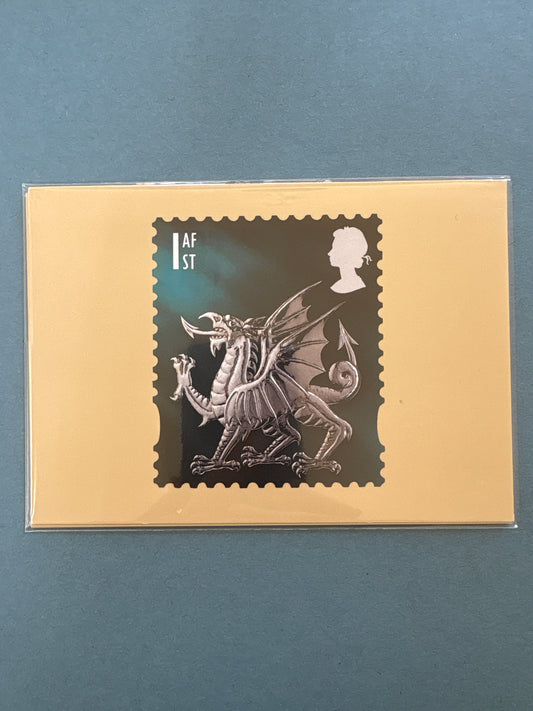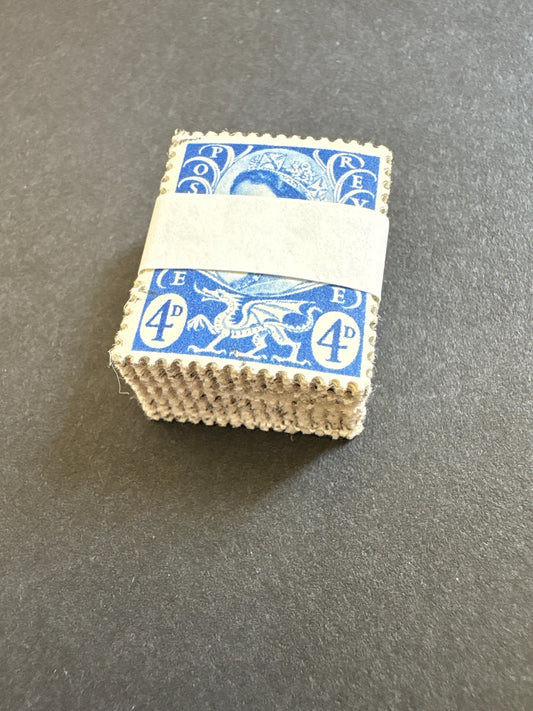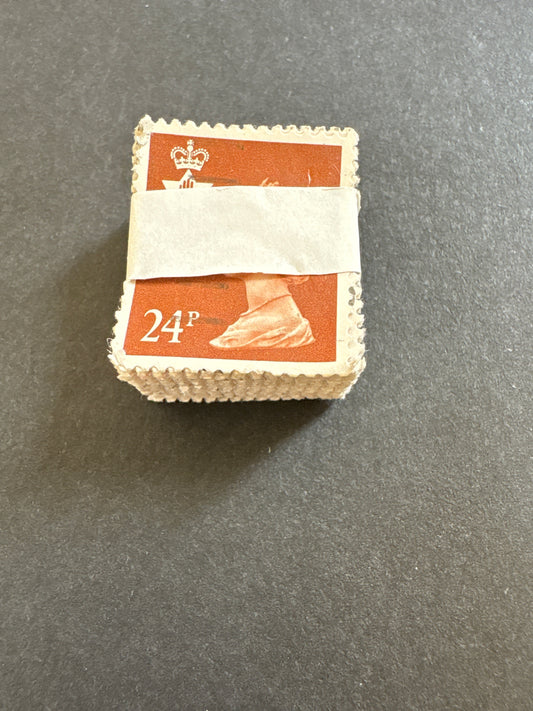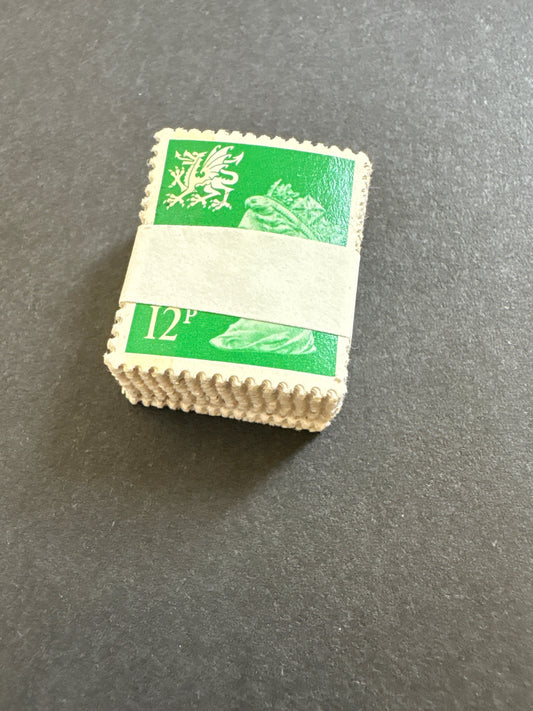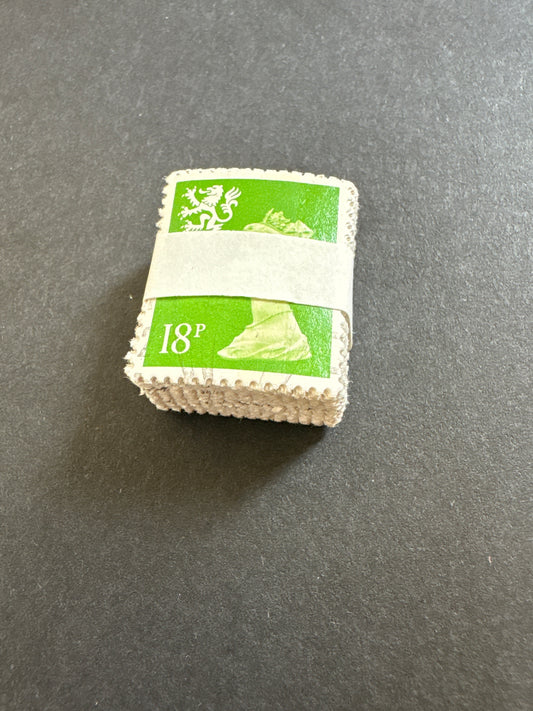Collection: Regionals
Regional definitive postage stamps are a distinctive subset of British philately, offering a rich intersection of design, identity, and postal history. First introduced in 1958, these stamps serve the same practical purpose as standard definitives—paying for everyday postage—but they also carry unique motifs and emblems that reflect the cultural and political identities of the United Kingdom's constituent nations and select territories.
The concept emerged during the reign of Queen Elizabeth II, in a period when efforts to acknowledge regional identities within the UK were gaining traction. The stamps maintained the iconic profile of the monarch but added local heraldic symbols or imagery representing Scotland, Wales, Northern Ireland, and later the Isle of Man, Jersey, and Guernsey. For instance, the Scottish regional stamps might feature the thistle or the Lion Rampant, while Welsh issues could bear the red dragon or daffodil. These symbols weren’t chosen on a whim—they were a quiet but powerful statement of national pride within a unified postal system.
What’s interesting is that while these stamps were valid for use throughout the UK, they were sold primarily within their respective regions. This created a sense of local ownership and identity, turning even a routine trip to the post office into a subtle affirmation of heritage. For collectors, this geographical limitation has added an extra layer of intrigue and challenge, especially when tracking down used examples in distant regions or envelopes showing cross-border use.
Design-wise, regional definitives have maintained a somewhat conservative aesthetic, generally aligning with the understated elegance of the Machin series—named for artist Arnold Machin, who sculpted the Queen’s profile used on UK definitives since 1967. However, the integration of regional symbols into that minimalist frame offered artists a fine line to walk: distinctiveness without overwhelming the monarch’s image or disrupting postal uniformity.
With the accession of King Charles III, regional definitives are poised to evolve again. While it's not yet clear whether the same territories will continue issuing region-specific designs, collectors and casual senders alike are watching keenly for developments. Any new designs would need to honour tradition while signaling a new royal chapter—no small feat in stamp-sized real estate.
Beyond their philatelic appeal, regional definitives also reflect broader questions about identity and autonomy in the UK. The stamps act as tiny canvases where art, politics, and national sentiment converge. In a world increasingly reliant on digital communication, these small adhesive squares remain surprisingly potent emblems of place and pride.
So, next time a regional definitive graces your envelope, it’s worth pausing to appreciate it not just as postage—but as a miniature ambassador of the culture it represents. Each one carries a quiet message: "We are part of something bigger, but we’re still distinct." That, perhaps, is the true power of these humble stamps.
-
PHQ - Mint Set of all 4 Cards in the Welsh Regional Set of 1999 D13
Regular price £5.00 GBPRegular priceUnit price / per -
Craft - Bundle of 100 Identical Used Welsh Pre-decimal Definitive Stamps
Regular price £1.50 GBPRegular priceUnit price / per -
Craft - Bundle of 100 Identical Used Scottish Pre-decimal Definitive Stamps
Regular price £1.50 GBPRegular priceUnit price / per -
Craft - Bundle of 100 Identical Used Northern Irish Definitive Stamps
Regular price £1.00 GBPRegular priceUnit price / per -
Craft - Bundle of 100 Identical Used Welsh Definitive Stamps
Regular price £1.00 GBPRegular priceUnit price / per -
Craft - Bundle of 100 Identical Used Scottish Definitive Stamps
Regular price £1.00 GBPRegular priceUnit price / per
